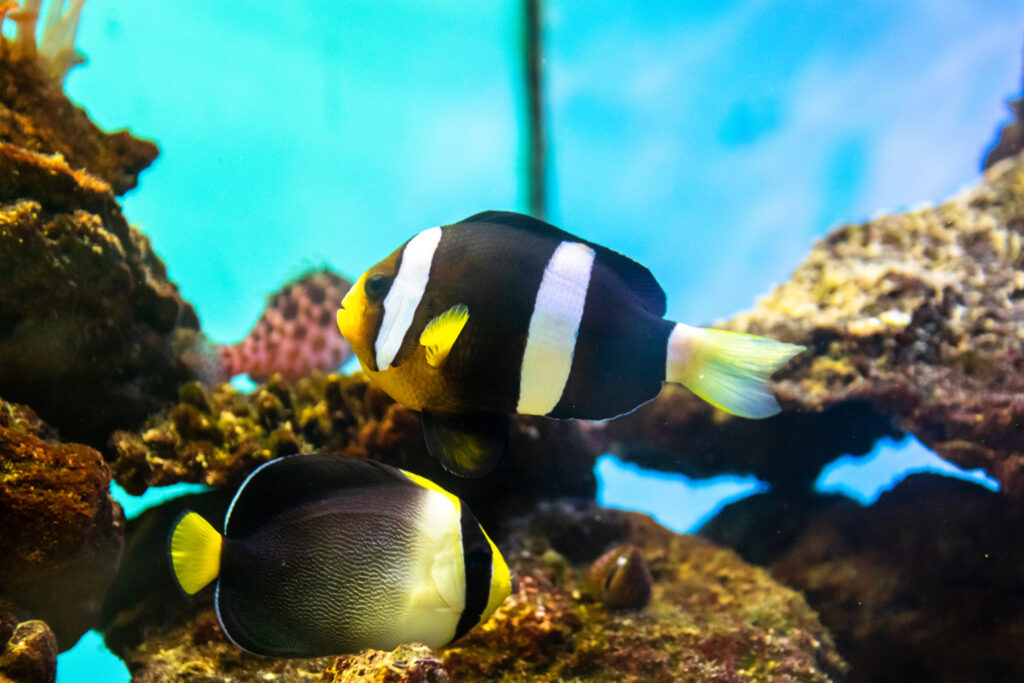Summer storms can bring a nasty surprise, power outages! This is an eventual event you never want to be caught off guard to handle. The health of your fish and aquatic environment require some advanced planning on how to handle the situation effectively and efficiently. The survival of your fishy friends depends on it.
At Hikari®, we are all about finding ways to provide the best care for aquatic pets. A power outage can quickly cause the delicate balance of your tank to be disrupted even if the outage lasts only several minutes. Here are the steps you should consider as a responsible aquarium enthusiast to protect your fish from this risk.
What Happens When The Power Goes Out?
Power outages can be caused by weather, natural disaster, building maintenance, or even human error. A good rule of thumb to avoid a serious problem is the rule of G. If your power will be out for more than the number of gallons you have in the tank times one minute, it could develop into a serious issue. Especially given most times what you are told and the actual amount of time the power is out, never seems to match. Many modern aquarium systems rely on electricity to run pumps, filters, heaters and lights. Without the functionality of these devices, an underwater environment can swiftly turn upside down. Especially smaller aquariums with a limited amount of water.
The first thing that happens is that your aquatic creatures will use up all the available oxygen in the aquarium water (dissolved oxygen), which can lead to oxygen depletion. While the water temperature starts its match lower or higher depending upon the rooms air temperature and conditions. That desirable temperature range can disappear rapidly. Abrupt changes in temperature can quickly stress your fish and put them at greater risk for disease or potentially worse. Lastly, without proper filtration and dissolved oxygen feeding the beneficial bacteria ammonia buildup can become an issue. Too much ammonia present in your water can be toxic to fish.
Steps for Preparation
The best thing you can do to prepare for any type of outage is to have a backup power supply in place. This could be a UPS for a computer or if you have a larger aquarium a generator. If that is strictly out of the cards, purchasing a backup battery-operated air pump and/or a battery-operated power head are great options to reduce risk.
Action During an Outage
If you do lose power and you do not have a generator or computer UPS to ride it out, deploy the battery-operated air pump and/or power head to keep your aquarium dissolved oxygen level up. If you notice your water temperature has dropped more than 3-4 degrees, you’ll need to start considering water changes to maintain a steady water temperature. If the temperature has risen more than 4-5 degrees, you might want to add a floating bag of ice cubes to cool the water. Last but not least, avoid feeding your fish until the power has been back on for a minimum of two hours and things have stabilized to normal. Feeding can accelerate the loss of oxygen and increase both ammonia and nitrate buildup.
While not foolproof, these steps can make a difference should you and your aquatic friends experience an extended loss of power.

